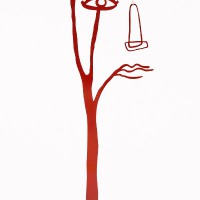
Tin Flowers for all
17 December 2014
1 June 2016
Henge opened the doors to their atelier on the first floor of a historic home on Via della Spiga during Milan’s Salone del mobile 2016, exhibiting a new approach to furnishing. The creative director Massimo Castagna designed custom furniture for each of the classic rooms, creating modern, warm and luxurious environments thanks to a play of contrasts, including the mix of marble flooring and untreated concrete walls. Materials like marsh oak, a fossilized wood that has remained intact for over 500 years, and applied processes like artisanal hepar burnishing, were the stars of this space.
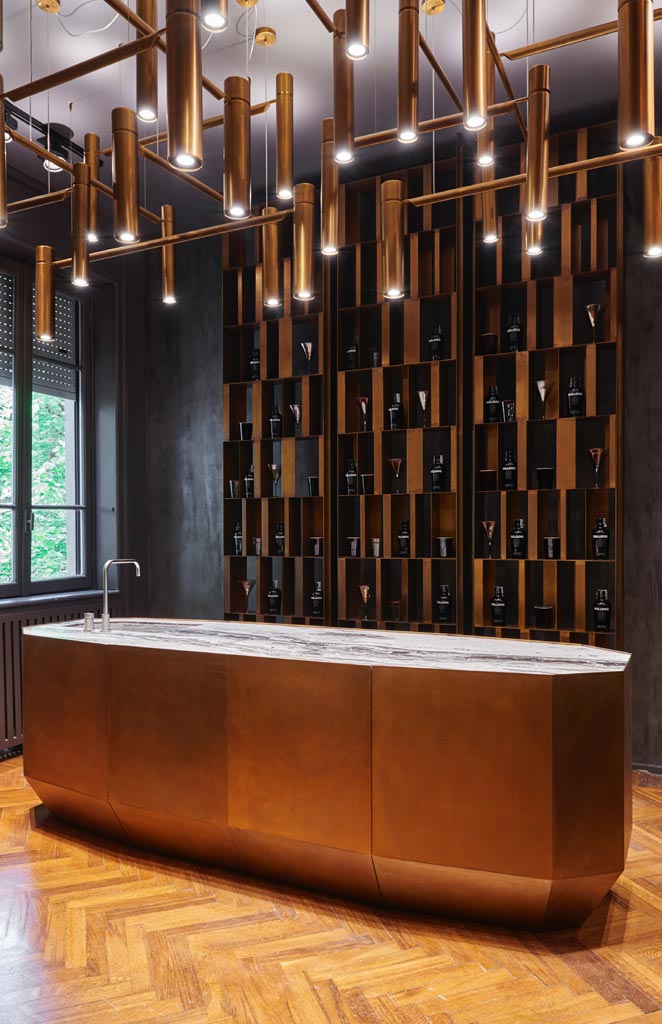
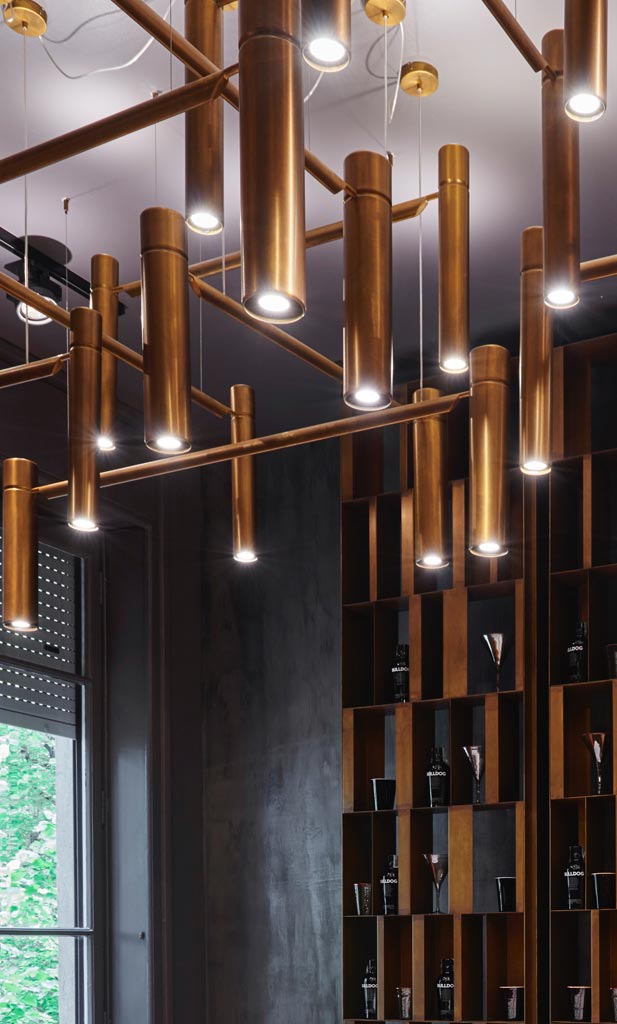
The apartment of Via della Spiga is a perfect taste of how various, tailored elements, from furniture and lighting to flooring and finishing, personalize an environment, leaving a refined mark of contemporary design, filled with reminiscence. Atelier Henge has demonstrated the emerging trend of blended choreographies, rich in luxe details that restore a sense of home, as opposed to previously isolated, museum-like, pieces of furniture.
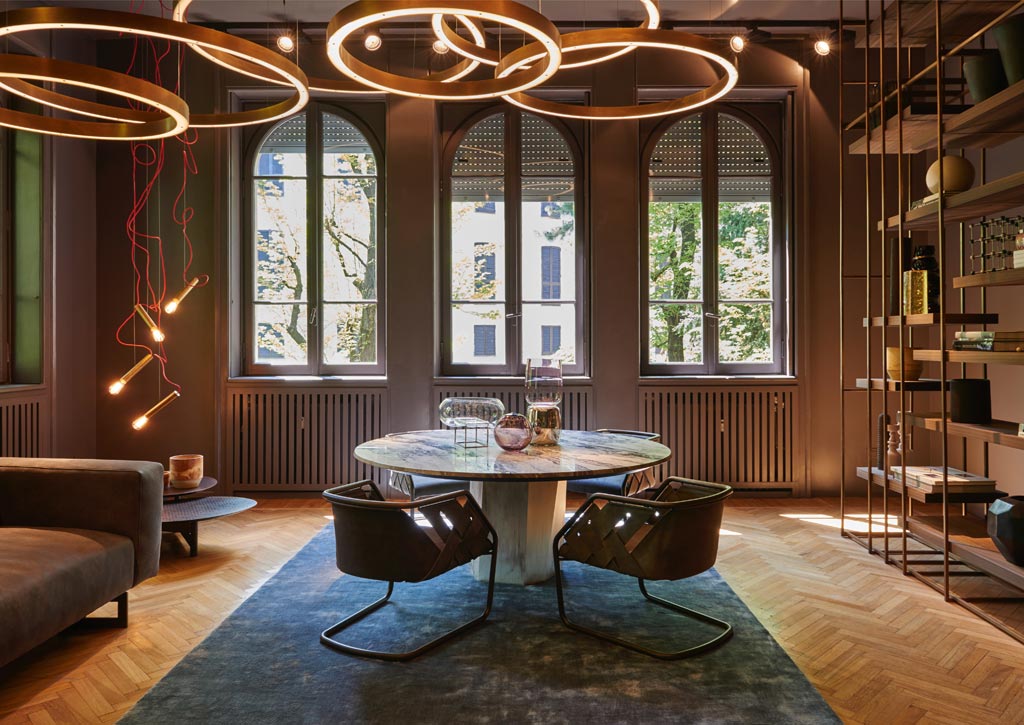

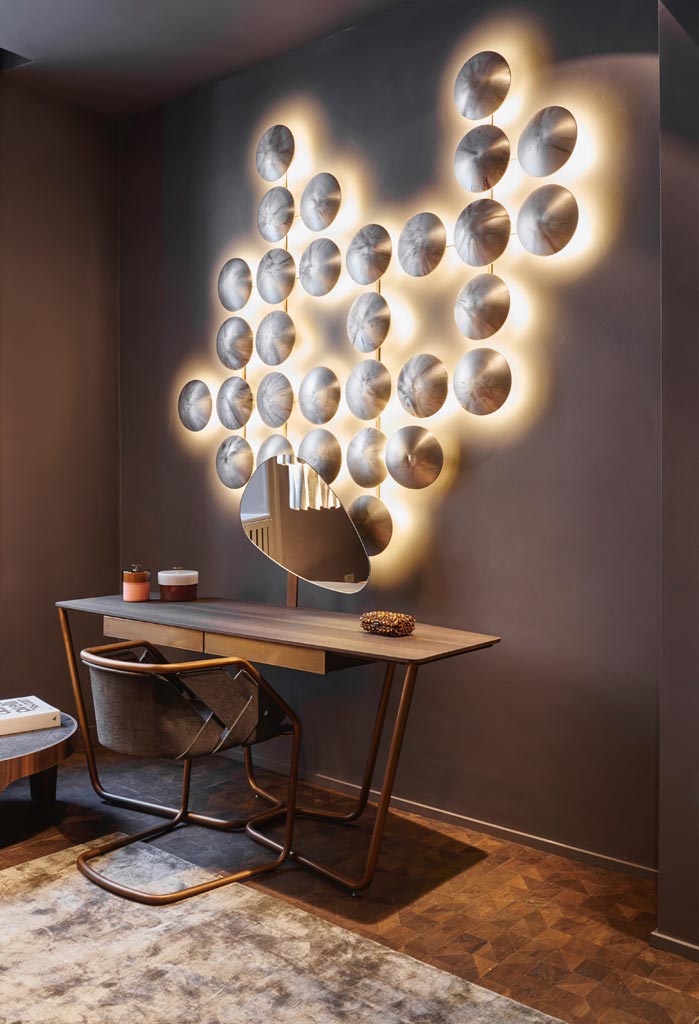


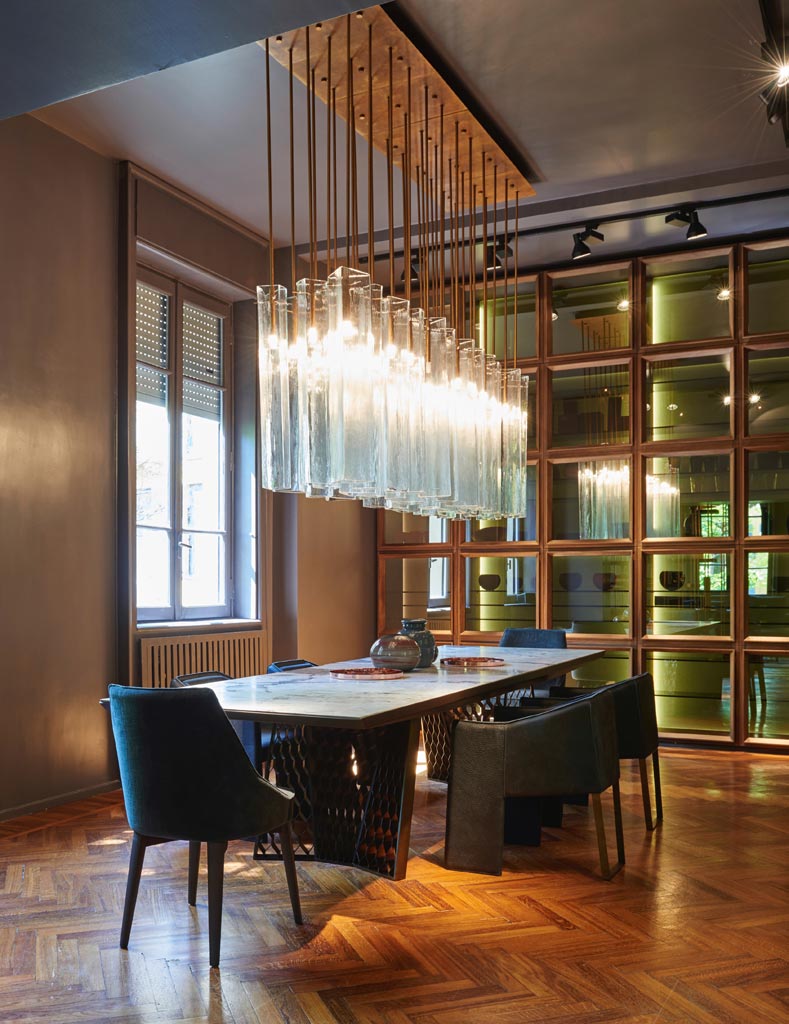
WHERE: Via Della Spiga, 7, Milan
Henge opened the doors to their atelier on the first floor of a historic home on Via della Spiga during Milan’s Salone del mobile 2016, exhibiting a new approach to furnishing. The creative director Massimo Castagna designed custom furniture for each of the classic rooms, creating modern, warm and luxurious environments thanks to a play of contrasts, including the mix of marble flooring and untreated concrete walls. Materials like marsh oak, a fossilized wood that has remained intact for over 500 years, and applied processes like artisanal hepar burnishing, were the stars of this space. The apartment of Via della Spiga is a perfect taste of how various, tailored elements, from furniture and lighting to flooring and finishing, personalize an environment, leaving a refined mark of contemporary design, filled with reminiscence. Atelier Henge has demonstrated the emerging trend of blended choreographies, rich in luxe details that restore a sense of home, as opposed to previously isolated, museum-like, pieces of furniture.



The Moodboarders is a glance into the design world, which, in all of its facets, captures the extraordinary even within the routine. It is a measure of the times. It is an antenna sensitive enough to pick-up on budding trends, emerging talents and neglected aesthetics. Instead of essays, we use brief tales to tune into the rhythm of our world. We travelled for a year without stopping, and seeing as the memory of this journey has not faded, we have chosen to edit a printed copy. We eliminated anything episodic, ephemeral or fading, maintaining a variety of articles that flow, without losing the element of surprise, the events caught taking place, and the creations having just bloomed.